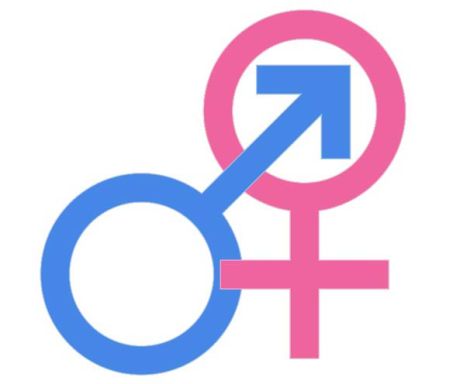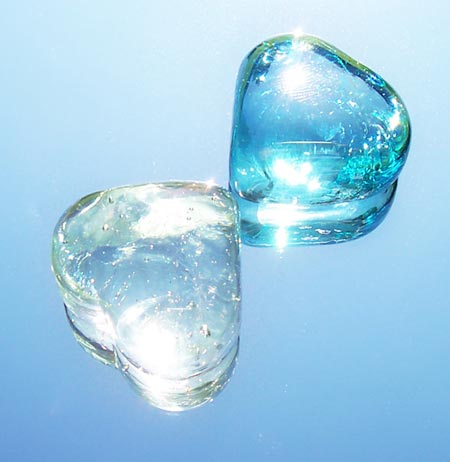
A US gynaecologist reckons he's seen a G-spot with his own eyes. But does it really exist?
Up until now, scientists have been baffled by this mysterious pleasure spot inside the vagina. No matter how they peer and probe, they can't work out what it is exactly. Dozens of studies have tried and failed to find anatomical evidence for it. Now a US gynaecologist has gone on record about seeing a G-spot with his own eyes.
The man who put the G in G-spot was German gynaecologist Ernst Grafenberg. In the early 1950s, he was the first to describe a particularly sensitive area about five centimetres inside the vagina on the front wall.
G-spot studies
In reality, lovers have known about this pleasure spot for centuries. It even gets a mention in the Kama Sutra, say Israeli researchers Amichai Kilchevsky and Yoram Vardi. But does it actually exist as a separate body part? They set out to settle the matter.
They picked their way through nearly 100 previous studies on the G-spot, female orgasms and female ejaculation. But astonishingly, none of the research could actually explain what the G-spot was anatomically.
Disclaimer: The opinions and conclusions expressed in this article are those of the author alone and do not necessarily reflect the views of rediff.com

There's plenty of anecdotal evidence that women are enjoying their G-spots, the researchers say. In one survey, nearly 85 percent of women said they believed it existed. And of the women who say they have a G-spot, more than 80 percent say they squirt fluid when they climax.
But despite all the studies on the G-spot, all they could find physically at the front of the vagina was the tissue around the urethra and some little organs known as Skene's glands. There's nothing special to see on radiographic scans. The G-spot just doesn't seem to be a separate part of the body.

It's possible that Skene's glands actually are the G-spot, say the Israeli researchers. These organs are a bit like the male prostate, which produces seminal fluid when men ejaculate. The fluid from Skene's glands flows into the urethra. This could well be what comes out when women spurt fluid during orgasm.
Another explanation is simply that pressing on the inside front wall of the vagina indirectly stimulates the clitoris. After all, the clitoris is a lot more than the little bump on the outside -- we now know it's a big organ that goes deep inside the body.

But the G-spot as a body part remains a mystery. The researchers began to wonder if it could actually just be media hype. After all, "the G-spot has become the centre of a multimillion dollar business producing books, videos and products all designed to help women and their sexual partners reach a different and better type of orgasm," they point out.
Some doctors even offer "G-spot augmentation" -- they plump up the vaginal wall by injecting it with collagen. A bigger G-spot is easier for the penis to stimulate, they claim.

Then recently, Florida-based gynaecologist Adam Ostrzenski claimed to have solved the G-spot riddle. He conducted a post-mortem examination on an 83-year-old woman at Warsaw Medical University, Poland. After slicing his way through layer after layer of vaginal tissue, he found a "bluish, grapelike" cluster in a sac less than a centimetre across, hidden deep inside the vaginal wall.
Eureka. "The argument is over," says Dr Ostrzenski. "The G-spot exists, and I've got the photos to prove it." (We've seen them, and believe us, they're not for the squeamish.)

Some have been thrilled at the news that the elusive spot has finally been revealed. But the G-spot guru's claim has sparked off a row in the world of female sexuality. Beverly Whipple, the sexologist who's book first made the G-spot famous in 1982, has slammed Dr Ostrzenski.
For one thing, there's no evidence that the tissue he found actually has any nerve endings to produce a sexual sensation, she says. And anyway, the doctor just wants to oversimplify women's sexuality, she told the Los Angeles Times. After all, why does there have to be just one orgasm button to press? Why can't women's sexuality be complex and mysterious?
There's another reason Dr Ostrzenski might be so eager to convince people the G-spot exists. Remember the "multimillion dollar business" around the G-spot? Dr Ostrzenski is one of those gynaecologists whose website offers "G-spot augmentation".